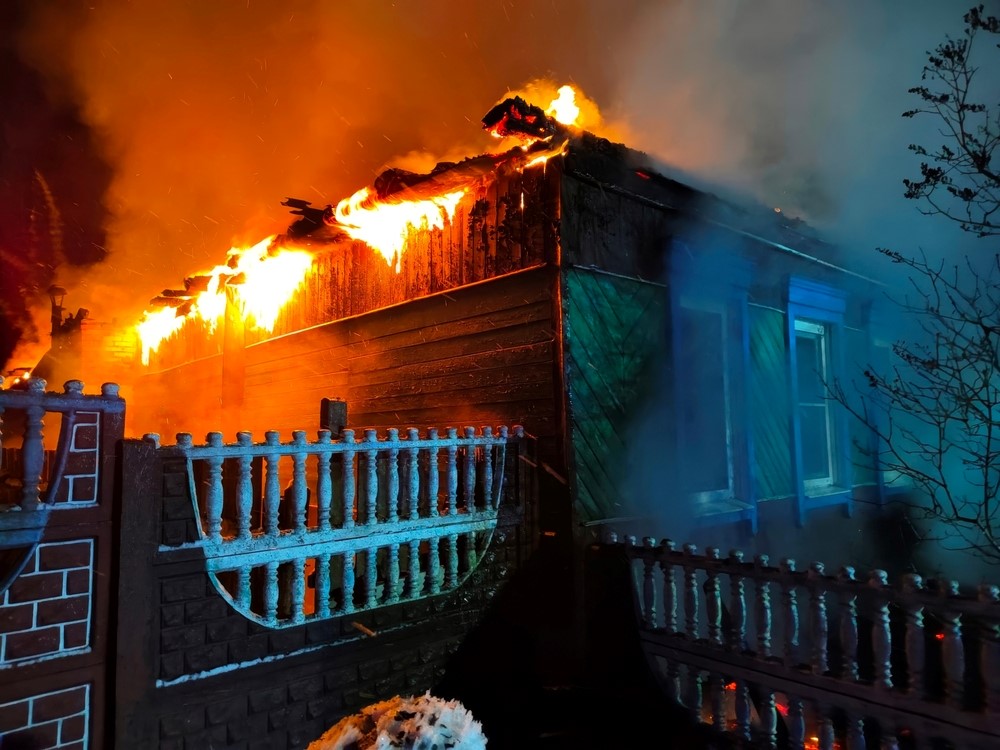
Table of Contents:
- Introduction to Fire Damage Restoration
- Immediate Steps After a Fire
- Fire Damage Assessment and Inspection
- Smoke and Soot Removal Process
- Water Damage Mitigation After Firefighting Efforts
- Structural Repairs and Reconstruction
- Salvaging Personal Belongings
- Deodorizing and Air Quality Restoration
- Working with Insurance for Fire Damage Claims
- Preventing Future Fire Damage
- Frequently Asked Questions (FAQs)
- Conclusion
Introduction to Fire Damage Restoration
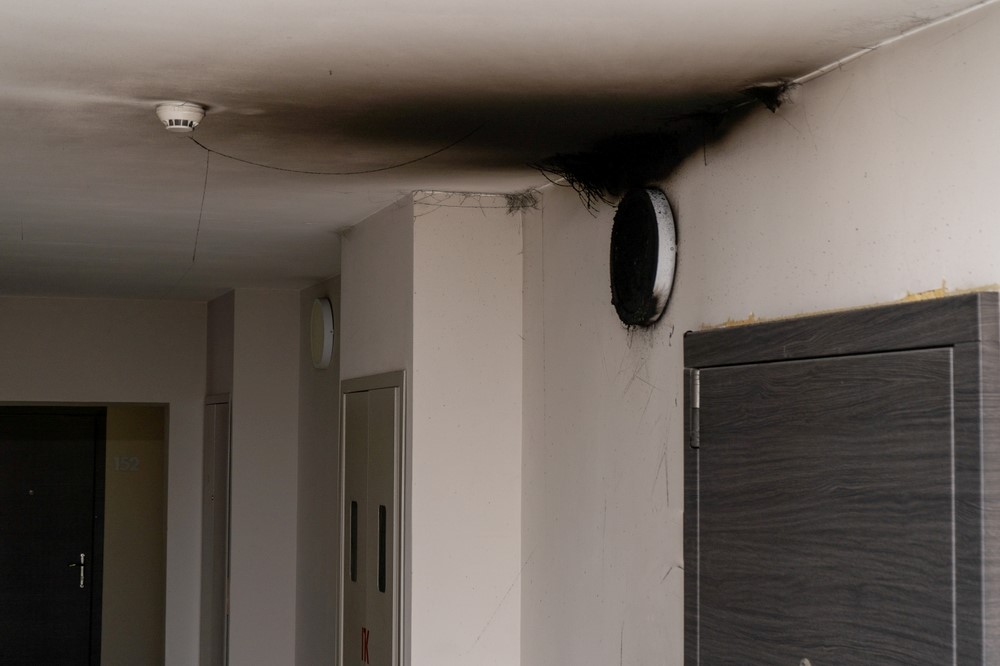
Fires can cause devastating damage to homes and businesses across Florida. Not only does the fire itself destroy structures and possessions, but smoke and water from firefighting efforts can worsen the situation. Fire damage restoration services in Florida are outlined to address all aspects of recovery, from introductory fire damage to lingering smoke and water problems.
Immediate Steps After a Fire
After a fire, the safety of everyone involved is the top priority. Once all occupants are safe, it’s important to follow these immediate steps to ensure a successful recovery:
- Ensure Safety: Do not re-enter the property until fire officials declare it safe. Make sure everyone is accounted for, and if needed, seek medical attention for anyone affected.
- Secure the Property: Prevent further damage or theft by securing the property. This may involve boarding up windows, covering holes, and fencing off the area if necessary.
- Contact Emergency Fire Damage Restoration Services: Reach out to a professional fire damage contractor immediately. Early intervention can help salvage more of your property and prevent additional damage.
- Inform Your Insurance Company: Notify your insurance provider about the incident as soon as possible. Document the damage with photos and notes, which will help with insurance claims later.
- Prevent Further Damage: If safe, you can take temporary measures to prevent further damage, such as covering undamaged furniture or drying out areas impacted by firefighting water.
Taking these steps immediately after a fire can speed up the recovery process and help prevent long-term damage, ensuring a smoother restoration journey.
Fire Damage Assessment and Inspection

Before any restoration can begin, a thorough inspection is necessary. Experts will assess the degree of fire, smoke, and water damage, which helps make a detailed restoration plan. This step is vital for determining whether you need a fire damage contractor for structural repairs or a contractor to fix water harm caused by firefighting efforts.
Smoke and Soot Removal Process
Smoke damage can linger long after a fire, posing health risks and staining surfaces. In regions like Ft. Lauderdale, smoke damage can severely impact air quality, leading to long-term respiratory issues if not treated effectively. Restoration experts use specialized cleaning techniques to eliminate smoke, soot, and odors from walls, ceilings, and personal belongings. This process typically involves using industrial-grade deodorizers, HEPA vacuums, and specialized cleaning agents to ensure thorough removal of harmful particles.
Professionals will assess the level of smoke damage in Ft. Lauderdale homes and ensure that both visible and hidden soot deposits are cleaned, reducing health risks and restoring air quality.
Water Damage Mitigation After Firefighting Efforts

When firefighters extinguish flames, significant water damage often follows. Immediate action is crucial to prevent long-term issues such as mold growth, warping, and structural weakening. The following steps help mitigate water damage after a fire:
- Assess the Water Damage: Once the fire is out, professionals must assess how much water has been absorbed into floors, walls, and furniture. An initial inspection will identify the severity of damage caused by firefighting efforts.
- Inspect for Hidden Water Damage: Professionals will inspect areas like behind walls, in ceilings, and under floors to locate hidden moisture, which could cause further structural damage if left untreated. Hidden leaks and pipe breaks in Nassau County, FL, can worsen the situation, leading to more extensive water damage over time.
- Remove Standing Water: The first step in water mitigation is removing any standing water using pumps and vacuums. This prevents further damage and accelerates the drying process.
- Dry and Dehumidify: In humid areas like Nassau County, FL, drying is crucial. Industrial fans and dehumidifiers are used to remove moisture from the air and structural elements, helping prevent mold growth.
- Prevent Mold Growth: After water removal, it’s essential to disinfect the area to stop mold spores from spreading. Special cleaning solutions and air scrubbers may be used to maintain air quality.
- Monitor Drying Progress: Even after water is removed, professionals will continue to monitor humidity levels to ensure the space is completely dry and safe for restoration.
- Repair Water-Damaged Structures: If the water caused any warping, rotting, or weakening, specialists will assess the necessary repairs, particularly in water damage restoration efforts in South Florida, where such structural damage is more common due to the area’s climate.
By taking these steps, you can mitigate the risks of water damage and ensure a smoother recovery process after a fire.
Structural Repairs and Reconstruction
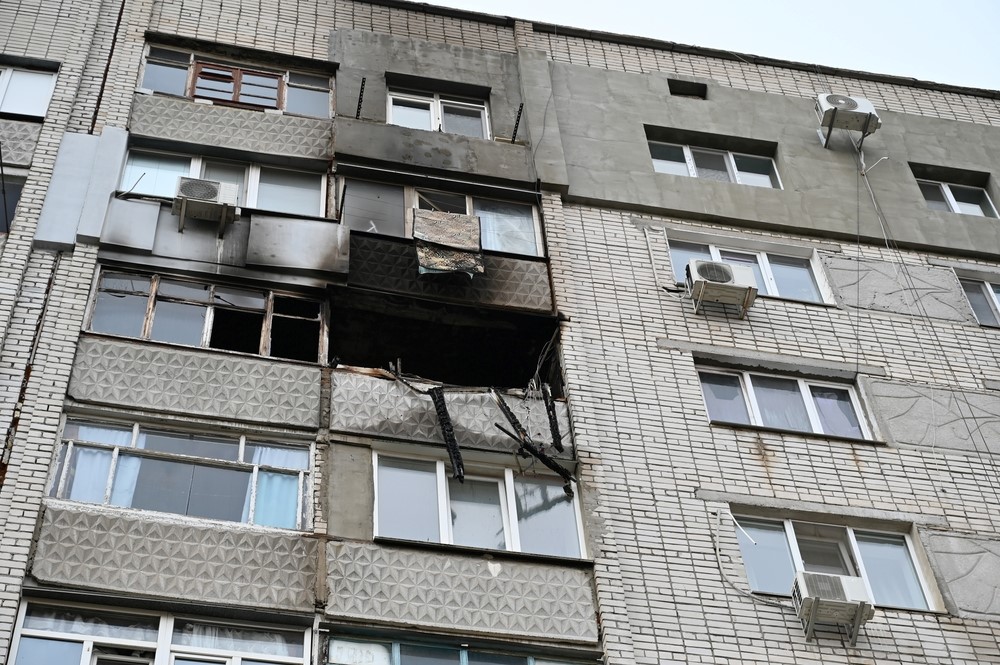
Fire can cause significant structural damage to walls, ceilings, and floors. A qualified fire damage contractor will assess whether repairs or substitutions are required. Additionally, water from firefighting endeavors can compromise the integrity of the structure, which may require specialized attention.
Salvaging Personal Belongings
Personal things such as furniture, gadgets, and nostalgic assets can frequently be reestablished. Professionals use advanced methods to clean and restore these items, helping homeowners recover as much as possible from the fire. This is particularly critical in severe fire cases, where smoke and water can cause further damage to these belongings.
Deodorizing and Air Quality Restoration
Even after the visible damage is cleaned up, smoke odors can linger for weeks or months if not properly addressed. Restoration experts use industrial-grade deodorizing equipment to evacuate these odors and improve the indoor air quality. Guaranteeing that the discuss in the home is clean is crucial for the health of those returning after a fire.
Working with Insurance for Fire Damage Claims
Navigating insurance claims can be complicated after a fire. Restoration professionals often assist in documenting the damage, helping homeowners file claims for maximum scope. Their ability guarantees that the process goes smoothly and that homeowners receive the financial support they need for full restoration.
Preventing Future Fire Damage
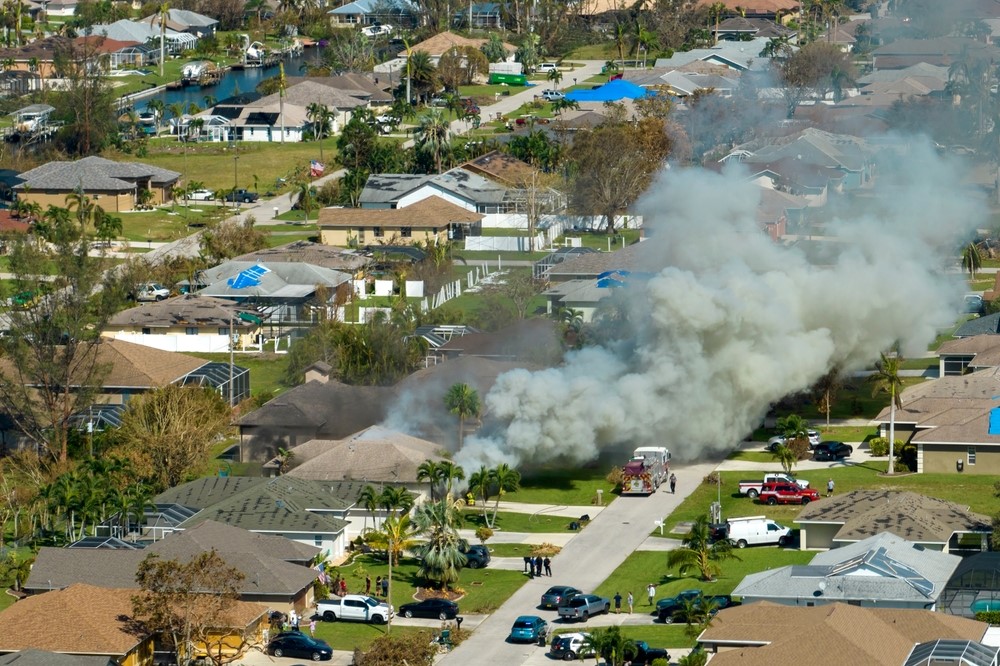
Preventing future fires begins with proactive steps to safeguard your property. Implement the following measures to protect both homes and businesses from devastating fire events:
- Install Fire Alarms and Smoke Detectors: Place smoke alarms on every level of your home or business and test them regularly to ensure they function properly.
- Install Sprinkler Systems: Automatic sprinklers can help control fires before they spread, reducing damage and saving lives.
- Use Fire-Resistant Materials: When rebuilding after a fire, consider using fire-resistant materials for walls, roofing, and insulation. These materials can slow the spread of fire and reduce structural damage.
- Regular Fire Inspections: Schedule routine inspections with a fire damage contractor to check for potential fire hazards, such as faulty wiring or blocked exits.
- Fire Safety Education: Educate your family or employees about fire safety protocols, including how to use fire extinguishers and create escape plans.
- Maintain Electrical and Heating Systems: Regular maintenance of electrical systems and heating equipment helps prevent malfunctions that could spark a fire.
By implementing these fire prevention strategies, you can significantly lower the risk of future fire damage, ensuring the long-term safety of your property.
Frequently Asked Questions (FAQs)
- How long does fire damage restoration take?
The timeline depends on the severity of the fire and the extent of the damage. A typical restoration process can take several days to weeks, depending on the complexity.
- Can all fire-damaged items be restored?
Not all items can be saved, but many can be restored depending on the material and the extent of the damage. Electronics and furniture are often salvageable with specialized cleaning techniques.
- What should I do while waiting for the restoration team to arrive?
Ensure the property is secure, ventilate where possible, and avoid disturbing damaged areas. Take photos of the damage for insurance purposes.
Conclusion:
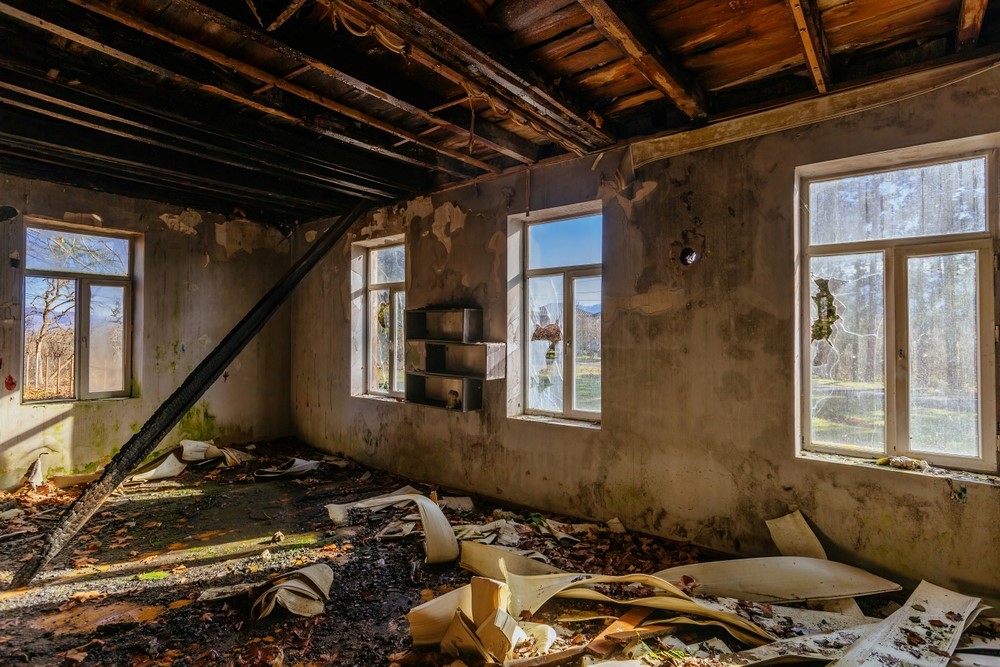
Hiring proficient fire damage restoration services in Florida is essential for recovering after a fire. From fire damage clean-up to addressing water damage caused by firefighting efforts, professionals help ensure a full recovery. Whether dealing with a fire in your home or business, expert restoration ensures the structure is safe, habitable, and secured against future damage.
For more about Fire Damage Restoration, visit Armstrong Water Mold Cleanup & Restorations, where they specialize in mold remediation services, ensuring safe and thorough removal. More details at Armstrong Water Mold.
